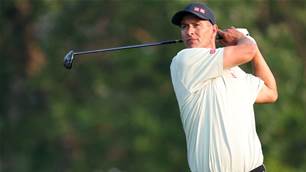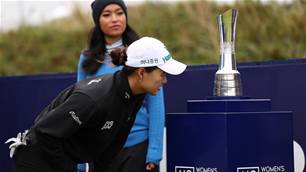Tennis before the professional era was anything but amateur in terms of work ethic and dedication, recalls the woman who won more titles than any other player in the history of tennis, Margaret Court.
Court these days serves as senior pastor at Victory Life Centre in Perth, Western Australia. Recently she released Margaret Court – The Autobiography in which she explains what lit a fire in the girl from a poor family from Albury to make her the most extraordinary tennis champion Australia has ever seen and the proud woman she is today.
With 64 major grand slam titles to her name, Court stands alone as the greatest tennis player of all time. The Australian sporting legend captured the first of her major titles at the Australian Open in 1960, well before the “open era” began in ‘68 which allowed professionals to compete against amateurs, even in official events organised and sanctioned by the International Lawn Tennis Federation.
Court tells Inside Sport that by the time the open era arrived, her coaches such as Frank Sedgman, Wally Rutter and Keith Rogers had her steeled for whatever tennis’ brave new world could throw at her.
“Keith was coaching me when I went from Albury to Melbourne; he was a state boxing champion but he was a good A-grade tennis player,” Court recalls for Inside Sport. “He was the one who worked with Frank Sedgman; Frank bought me down to Melbourne. Frank would say to me, ‘If you’re going to go to France and win the French championship, you’re going to have to learn to play on clay.
“At the time we didn’t have clay courts like they had in France … now they have them everywhere here in Australia. Frank would tell me, ‘You’re going to have to learn to hit the ball over 100 times in a row.’ I’d get to 92 and if I missed, he’d make me start all over again.

“All the fitness work I did in Frank Sedgman’s gym before the men went in - lifting weights, circuit-running, on the sandhills, with all that, I knew I’d become one of the fittest women’s players in the world.
“I knew I could outlast everybody else. I was up at 4.30am! You’d be running the streets, and Dobermans would come dashing out at you. You’re in the cold and wet; it built something in you.
“I do lead quite a different life now, but when I teach today I’ll use some of the methods like the repetitions, the drills, which I had to use to work on a weakness in my tennis game,” says Court, who has also recently published another book, Train Your Brain. “For example, if I needed to work on my backhand I’d do drills up and down the line and across the court for hours.
“I often talk about the mind area; about training your brain, training your mind. A lot of my teaching methods arise from the disciplines of sport and the focus, vision, the goals and challenges.
“They’re there in everyday life but you can teach people that the mind is a battle field … as it was on the tennis court. Back then, if you didn’t get it right in your mind, you’d lose.”
Related Articles

Feature Story: Moving the Needle

Scott headed home for Australian majors













